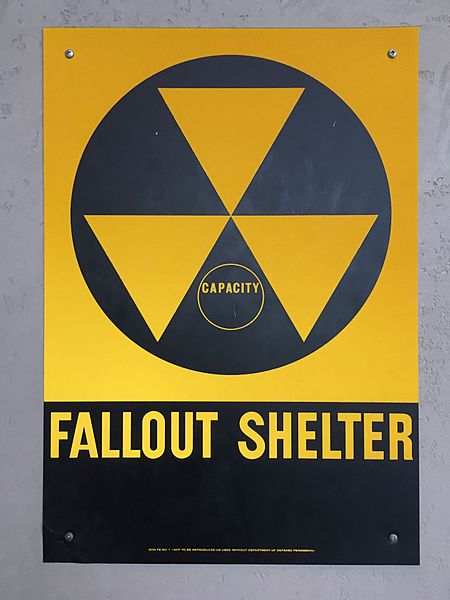What are Bunkers?
The word “bunker” originated in Germany. During WWII, bunker was a reference to military dugouts, but it has since been applied to shelters both under and above ground that serve as protection or storage spaces. Most importantly, bunkers can be used to shield us from a SHTF Event. There are various types of bunkers you can use when escaping a SHTF Event, so it’s important you choose the one that suits your needs.
Fallout Shelter:
Fallout shelters were built by the government during the Cold War to address the nuclear 
Mountain Bunker:
During World War II, mountainous regions, like those in Switzerland, were excellent locations for bunkers. The Swiss built their bunkers practically. They contain dining rooms, operating rooms for surgical procedures, and bedrooms. Building a mountain bunker requires the excavation of sedimentary rock. The primary benefit of mountain bunkers is that, apart from the entrance, little additional reinforcement is necessary. The Cheyenne Mountain Complex in the Rocky Mountains is one of the most well known mountain bunkers.
Underground Bunker:
The most well known type of bunker is an underground bunker. The biggest concerns you should have when building an underground bunker are the type of soil and the water table. The water table should be low enough for you to dig a trench roughly twenty feet deep without hitting water. Rocky soil could be too expensive to remove and may require extra time to dig. Wet soil typically indicates a high water level. Once you identify the correct location, you can excavate the area, build your structure (preferably out of concrete), create your passages, and install plumbing and electricity.
Some luxurious bunkers, like Larry Hall’s complex for the 1%, are built underground. The renewed interest in bunkers among the California Elites (CEs) is incredibly concerning. The CEs are building technology that could lead to The Event. If they start investing in bunkers, so should we. We cannot depend on the CEs to provide the right direction in a post-Event world.
Shipping Container Bunker:
Creating an underground shipping container bunker is not the the right way to prepare for The Event. Shipping containers are designed to be stacked, so they cannot withstand the Earth’s sustained pressure on each side. The container would eventually buckle. You’d be better off taking your chances above ground than waiting for your underground shipping container to cave in. Some storage containers also contain toxins, like pesticides or rust-resistant paint. Trust me, you want to avoid shipping container bunkers at all costs.
Please contact me or leave a comment if you have any questions or additional suggestions about bunker types.



It’s a fairly easy job for someone to sandblast a shipping container in order to clean it from any toxic stuff and then repaint it in a thick layer of epoxy paint to make it much more rust proof. After that the container’s structure can be strengthened by welding reinforcements on or in it, and hey presto it should be just fine to bury deep underground and use as a bunker.